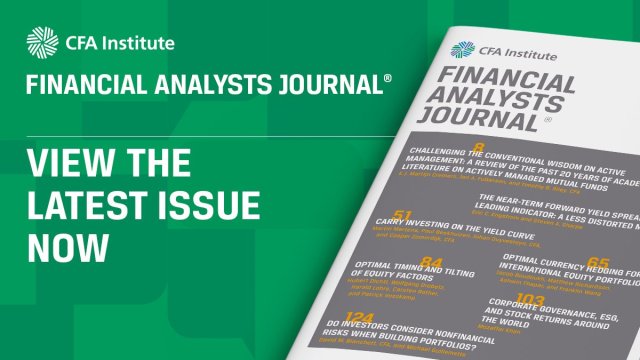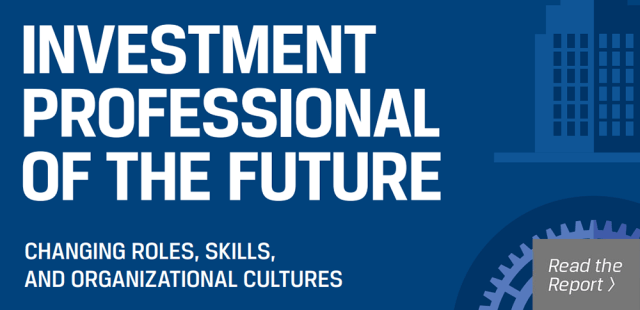[ad_1]
“If we collect a rock a year, by the time I’m ready to retire we’ll have a lot of rocks.” — Michael Maslin, The New Yorker
Collecting rocks is not a great retirement strategy. But planning years ahead of time is. We are fortunate to work with clients who have had the foresight and discipline to save early and accumulate sufficiently large nest eggs for retirement.
And while these large-enough nest eggs are essential for living well in retirement, alone they are not enough. The money has to be invested well and numerous tactical issues addressed along the way. We’ve discussed these issues with our US clients over the years and compiled some of the more commonly asked questions as well as our responses.
Of course, these questions and our answers are by no means exhaustive. Frankly, all of them warrant and have received book-length examinations. Nevertheless, how they are posed and addressed should provide some food for thought and, hopefully, some assurance for you and your clients that they are being put in good position to secure their financial future.
1. Minimize Taxes
Are taxes less important in retirement since my income will be lower?
Not at all! In some ways, taxes are most important in retirement. Here’s why: A client’s retirement income will come mostly from capital gains, dividends, and interest. Because tax rates on these sources of income differ tremendously, efficient tax management is critical.
Two of the most logical steps your clients can take are to concentrate their bond investments in such tax-deferred accounts as IRAs and 401(k)s and their stock investments in taxable accounts. Doing so will give them the opportunity to lower their tax burden by ensuring that most of the returns in their taxable accounts are generated by long-term capital gains and dividends with much lower tax rates than interest income and short-term capital gains.
Throughout their careers, your clients were probably told to have high equity exposure in their 401(k)s because that was supposed to be “long-term” money. By contrast, their taxable accounts probably had a more short-term orientation because mortgage and other expenses needed to be paid out of them.
Such thinking needs to change. In retirement, investment time horizons for 401(k)s and taxable accounts are fairly similar and, therefore, should not determine which hold equities and which hold bonds. Taxes should drive this decision. Why? Because clients can minimize taxes by properly allocating stocks and bonds between tax-deferred and taxable accounts.
2. Mortgage Debt
Should I pay off my mortgage as I approach retirement?
For most well-to-do individuals, the answer is yes. Clients tend to hold a deeply ingrained view that, thanks to their tax deductibility, mortgages are low-cost loans that can better serve them when invested in the “market.”
There are many reasons why this reasoning no longer works for well-heeled, retirement-age investors.
First, the 2017 US tax reform reduced mortgage interest deductibility to interest on up to $750,000 only. Second, taking a mortgage and investing the capital in equities runs the inherent risk that the stock market could decline and make it much harder to repay the loan. Third, most high-net-worth investors park many of their assets in bank accounts and money market funds that usually earn less than the cost of the mortgage. In such cases, using the “excess” cash-equivalent assets to pay off mortgage debt makes sense. Finally, there is the peace of mind that comes from owning a primary home free and clear of any debt.
3. Withdrawal Strategy
How much of my retirement savings can I withdraw each year?
Historically, many advisers have used a simplistic rule of thumb to answer this question: Clients could withdraw 4% of their retirement date wealth each year without facing a significant risk of running out of money. For example, an investor with $5 million at retirement could “safely” spend $200,000 per year thereafter.
While that may have been true once, as interest rates have plummeted, so too has the “safe” withdrawal rate. Indeed, a 2013 Morningstar study concluded that it had fallen below 3%.
There is another 4% rule worth considering. We find most investors adjust their spending habits as their net worth fluctuates. So instead of basing that 4% withdrawal on what they have at retirement, retirees might instead base it on the portfolio value’s at the outset of each year.
So a client with a $5 million starting portfolio could withdraw $200,000 in the first year. Then, if the value increased to $5.5 million, they could spend $220,000 the next year. Or $180,000 if it dropped to $4.5 million.
This approach allows for the sort of spending adjustments that we think are realistically going to happen anyway.
4. Safe and Liquid Assets
How much should I keep in safe and liquid assets like bank accounts and money market funds?
While there is no single correct answer to this question, we think it’s reasonable for clients to keep at least 6–12 months’ worth of expenses in cash equivalents.
What’s more important than how much they have, to our minds, is the kind of cash equivalent in which they have it. We recommend clients use Treasury money market funds rather than their more-diversified, higher-yielding counterparts that invest in corporate securities. The global financial crisis showed that such funds can face difficulties in times of distress. We can’t advocate owning “safe and liquid” assets that might falter during a downturn. The small extra yield they earn is hardly worth the risk: It’s like picking up pennies in front of a steamroller.
5. Asset Allocation
Should I reduce my equity allocation as I approach retirement?
Yes, given the higher volatility inherent in stocks, reducing equity allocation as retirement nears makes sense. The logic is simple. Because no new money will be added to the portfolio, there is no dollar-cost-averaging opportunity of buying more if the market declines. Moreover, any near-term decline in the market may not be recouped since the investment time horizon is shorter in retirement .
6. Estate Planning
I already have a will and trust. Do I need to do anything else?
A will and trust are great starts. But make sure your clients have a health care power of attorney in place as well. Recommend they review their documents at least once every five years and when there are any changes in estate laws or their family circumstances.
Also, encourage them to have their assets re-titled in the name of their new trust as they make amendments to it. Make sure their IRA accounts have the correct beneficiaries listed. If clients designated their beneficiaries many years ago, circumstances might well have changed. Lastly, confirm that those beneficiaries are individuals, not trusts, because rules for trusts as beneficiaries can be a bit treacherous.
7. Charitable and Philanthropic Contributions
I make my charitable contributions from my checking account. Is that okay?
That might work for small amounts, but clients need a different strategy for larger sums. Clients who are able to itemize their deductions should transfer stocks that have appreciated significantly in their taxable account to a charity account — called a donor-advised fund — that they control. This ensures they will never have to pay capital gains on those stocks. They can then sell them and use the proceeds for charity later on, retaining complete control of where the money goes, at what time, and in what amount. Most of your clients’ charity dollars should be flowing through these donor-advised funds.
Also, clients can contribute some of their required minimum distributions (RMDs) from their IRAs to their qualified charities*, which means they will not be counted as income for tax purposes.
8. Recordkeeping and Passwords
How long do I need to keep my tax and investment records? How do I manage my burgeoning list of passwords?
Tax records should be kept for at least seven years. So clients should hold on to investment records that establish the cost basis of a security until seven years beyond the date of the sale. Because cost basis for transactions is usually available in the year-end summary of their brokerage accounts, that tends to be sufficient for recordkeeping.
Passwords have become a necessary nuisance for all of us. We can’t remember all of them, and given the risk of online hacking, many experts recommend subscribing to a password management service.
And none of our clients will live forever. We need to help them prepare their loved ones for the time when they’re not here. And that means making sure the keys to the digital safety deposit box are findable.
9. Today’s Economic Climate
What’s your view of the current economic environment? Should I be more conservative or more aggressive?
We encourage clients to stay close to the asset allocation that corresponds to their risk tolerance and investment time horizon. Nevertheless, we do have some specific concerns about the present environment.
Quite simply, the central banks have propped up asset prices. We addressed this situation earlier this year when we recommended considering modest exposure to Treasury bonds to protect against deflation and possibly to physical gold and gold-mining stocks as insurance against any financial system hiccup.
To be sure, by pushing interest rates even lower, central bankers may drive asset prices up even higher. So it’s important to balance the opportunities of joining the rally with the need to protect assets on the downside.
In Summary
We hope this discussion raises awareness about some relevant retirement-related topics and helps you better serve your clients.
Investing in retirement is not a static activity. It requires keeping up with and adapting to changes as we help our clients navigate the shifting investing landscape in the years ahead.
There will surely be plenty of surprises. Why not help our clients proactively prepare for them?
PS: Each client’s situation is different. Therefore, the suggestions given above are not client-specific advice. High Pointe is neither a legal advisor nor a tax advisor. Clients should make sure that they consult their legal and tax advisors to address their specific legal and tax needs.
* An earlier draft referred here to donor-advised funds. That was a misstatement. The text has been updated to correct it.
If you liked this post, don’t forget to subscribe to the Enterprising Investor.
All posts are the opinion of the author. As such, they should not be construed as investment advice, nor do the opinions expressed necessarily reflect the views of CFA Institute or the author’s employer.
Image credit: ©Getty Images/wzfs1s
Continuing Education for CFA Institute Members
Select articles are eligible for continuing education (CE) credit. Record credits easily using the CFA Institute Members App, available on iOS and Android.
[ad_2]
Image and article originally from blogs.cfainstitute.org. Read the original article here.




